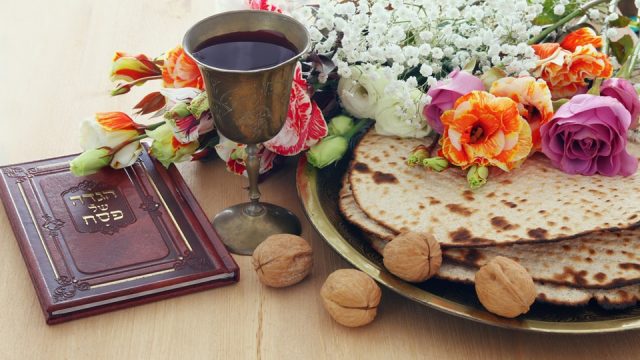
People from different religious groups celebrate various holidays throughout the year and while Christians worldwide are getting ready to celebrate Easter, the Jewish people are also preparing for a very special, extremely significant holiday of their own – Passover.
Depending on the year, the holiday is in either March or April, specifically beginning on the 15th day of Nisan which is what the first month of the Jewish calendar is called. In the Torah, Nisan is considered the month of spring. For those who are unfamiliar with the term, Torah is the name given to the Five Books of Moses which forms the basis of Jewish practice and law. So here are some things to know about the celebration and why it holds such importance for many.
Meaning
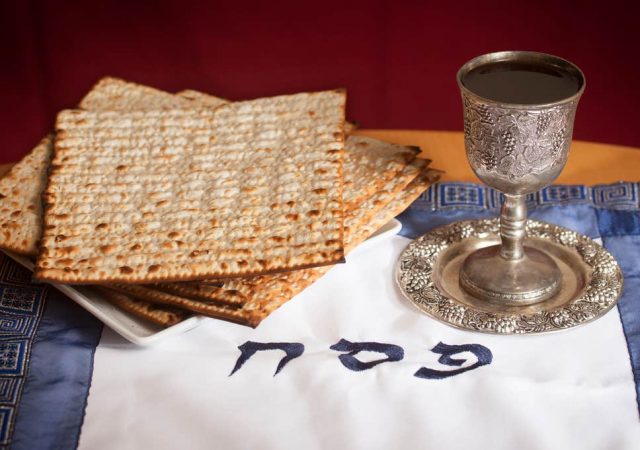
Also called Pesach, it commemorates and celebrates an event known as the Exodus – the escape of Jews from slavery and the departure from Egypt and the oppression. In Israel, it goes on for 7 full days but is an eight-day-long festivity for people living outside the country.
Story

As found in the Torah, God helped Israelites escape to freedom by inflicting 10 plagues on the Ancient Egyptians. As the story goes, after the Pharaoh refused Moses’ pleas to free the enslaved Israelites, the country was overtaken by a plague that turned the Nile and all the water to blood after which the Pharaoh promised to set the people free only to reverse his decision once the first plague was lifted. He did this each time and each time a new disaster struck his people, until the last, most devastating one occurred.
The other plagues included frogs covering the entirety of the land, dust turning into gnats and covering Egypt’s people and animals, flies filling houses and swarming the land, killing all livestock, a break out of boils that festered, hail striking everything located in the fields, locusts devouring all of Egypt’s vegetation, and darkness covering the land completely for 3 days straight.
The last one entailed the death of all the firstborns and it is the most important event of the story. Before devastation struck, the Israelites were ordered to mark their doors with lamb’s blood so the firstborns of their homes would be unaffected, literally passed over, hence the name Pesach or Passover. This is also the time when Israelites were finally granted freedom.
Celebration
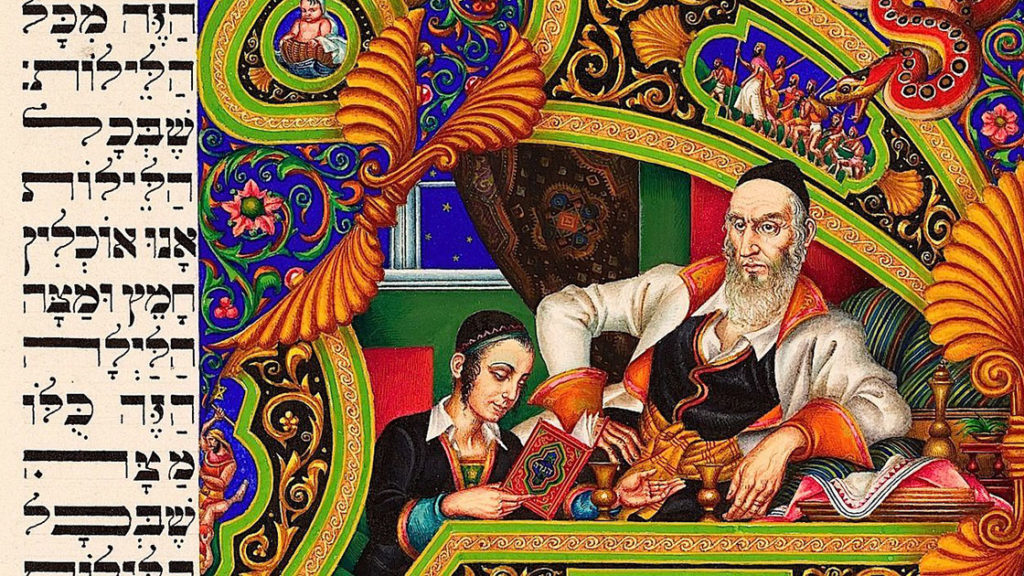
It is highlighted by a few different festivities which include the main event known as the seder during which families read and recite the Haggadah which includes prayers, as well as the story of the Exodus which is done in order, eating matzah, hiding and finding the afikoman, and much more.
Main Event – Seder
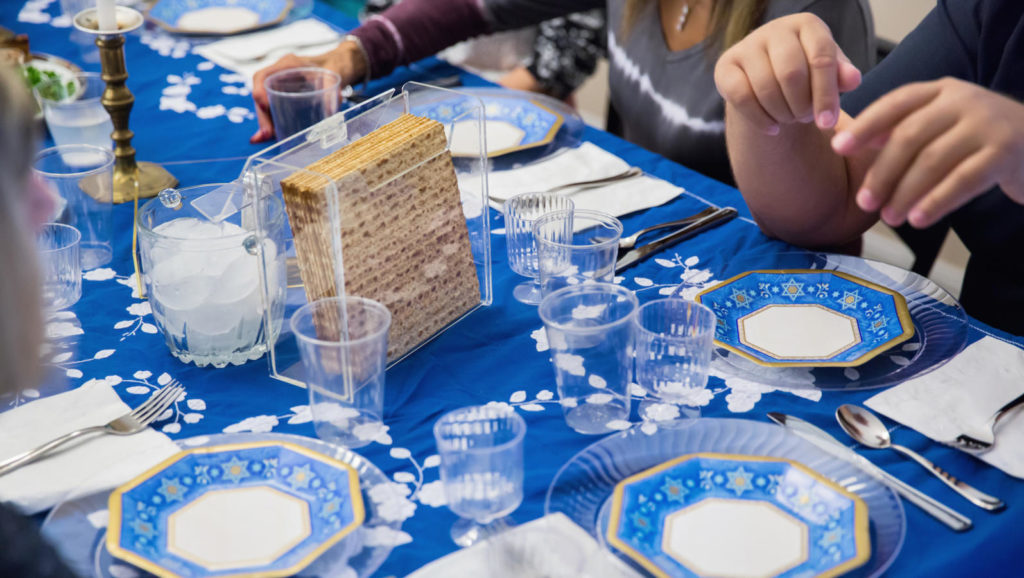
This special dinner usually takes place on the first, sometimes the second night of the holiday, but it really depends on family traditions since they tend to vary. This festive dinner is extremely special, meant to be spent with family, and people are not only supposed to tell the story of Exodus but also experience it overall through touch, smell, taste, and more. Reciting Haggadah, eating matzah, drinking wine or grape juice, are some of the dinner’s focal points.
One of the main symbolic representations is a seder plate which could technically be any kind of plate on which symbolic foods are placed on, although many prefer to use one made specifically made for the celebration and which can be bought in any online or physical store selling Judaica. These plates are usually placed in the middle of the table and contain only small amounts of different foods on them. Check out sedar plates here what they are and how they look.
Only one plate is necessary during the seder, although for larger ones, people prepare several. There are varied opinions about the type and number of foods that are placed on a plate, but they generally consist of five or six foods that represent a part or several parts of the Pesach story. They include zeroa, beitzah, maror, karpas, and haroset.
Zeroa or shank bone represents the sacrifices made during the 10th plague, beitzah, a hard-boiled egg that is a symbol associated with spring, in particular with life and birth, maror which are bitter herbs that serve as a representation of slavery’s bitterness, karpas can be several kinds of leafy vegetables which symbolize redemption, but also hope, and haroset which is a combination of fruits, nuts, and honey or wine as a symbol of mortar. Sometimes, salt water is also included and represents the slaves’ tears.
What is Matzah?
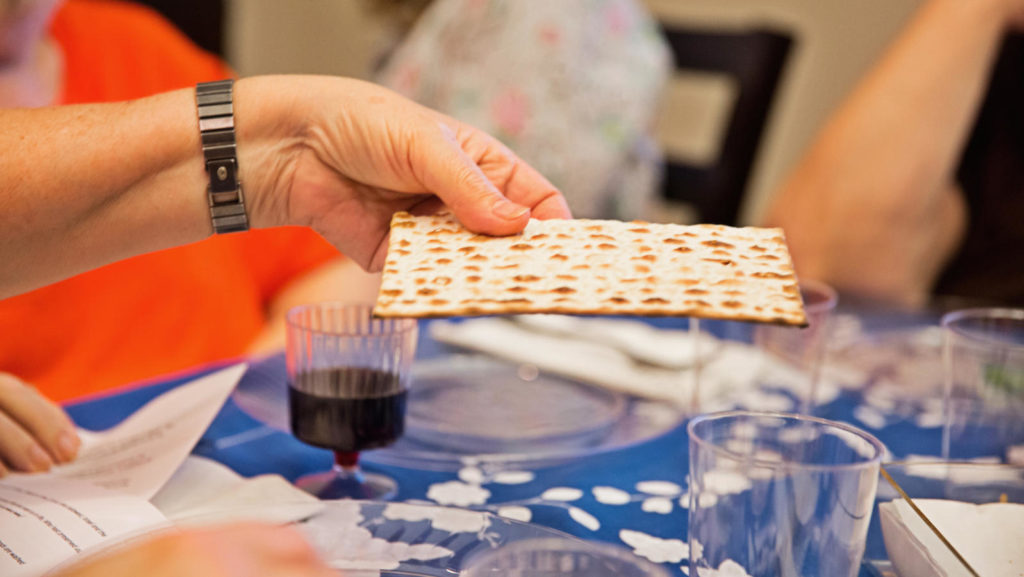
Since the Israelites escaping Egypt’s oppression had to leave immediately, this meant that there was no time for the bread to leaven. This is why they ate an unleavened type which earned the name matzah. This bread is one of the staple foods and during the holiday, it can be eaten for breakfast, lunch, and dinner. Some even turn it into a desert by covering it with chocolate.
Due to this, consuming or even having any leavened products, also known as chametz, in the house is forbidden. This includes anything that contains wheat and other grains, anythings that has been leavened or fermented, as well as most alcoholic beverages. This is why during the preparation process, families clean every inch of their homes and get rid of any leavened foods they find. The goods are disposed of one day before the holiday and this is done by either burning them – biur chametz or selling them to someone who is not Jewish for a symbolic, often nominal price. The products can then be bought back once the holiday has ended.
Afikoman
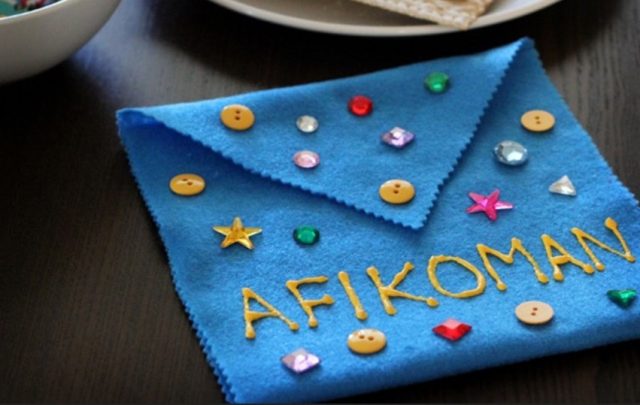
This is a fun activity for children and it is similar to hide and seek, except it involves matzah, instead of a person. The bread is broken in half and one part of it remains on the table while the other is hidden somewhere in the house. The children look for the missing piece of bread and whoever manages to find it first wins some kind of prize which can be anything from toys and money to not having to do the chores for a certain time.
Conclusion
Passover is a celebration full of tradition, history, and importance and is one of the biggest celebrations in Judaism. However, it is also a time for people to spend with their family and loved ones.














